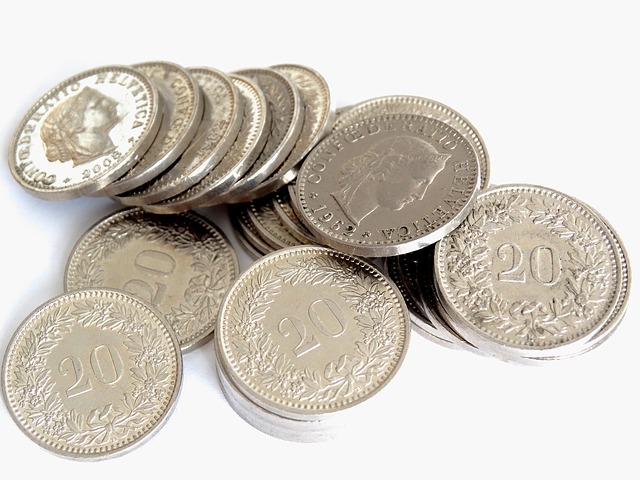
Most people resident in the United Kingdom, and some who are not, are entitled to earn a certain amount of income each year without paying income tax. This amount is referred to as the ‘personal allowance’ and changes each year. For the tax year 2014/2015, for example, the personal allowance was £10,000. Therefore an individual could earn in total £10,000 between 6th April 2014 and 5th April 2015 without having to pay income tax. For self employed people this amount will be taken into account when your tax is calculated by your accountant. For employed people the amount is reflected in your tax code; for instance a personal allowance of £10,000 means a tax code of 1000L providing you do not have any adjustments – for example for tax owed from a previous year. It is not only adults that have a personal allowance, children do too. Each partner in a firm will have their own personal allowance to be taken into account when calculating their individual tax due. However, the threshold rate is lower for national insurance contributions. This means that although you may not be eligible to pay tax you may have to pay national insurance. There is an additional allowance if you are registered blind known as the ‘blind person’s allowance’ or BPA. For the 2014/2015 tax year this was £2,230. There is also an additional allowance for older people born between 6th April 1938 and 5th April 1948. However, this is reduced back down to the basic personal allowance if income is over a certain level.
Married couple’s allowance may be available too if either spouse was born before 6th April 1935. Once an individual’s income reaches £100,000 the personal allowance is reduced by £1.00 for every £2.00 of income above this figure. When income reaches £120,000 there is therefore no personal allowance available. The figure used for income takes into account gift aid payments and personal pension contributions.